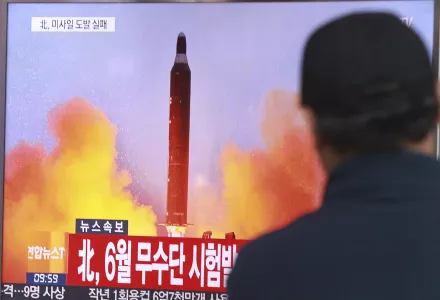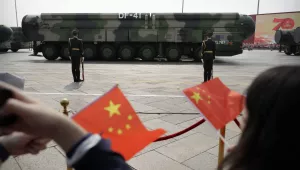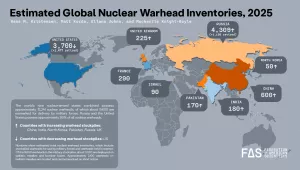
Graham Allison's Book Review of "The Doomsday Machine: Confessions of a Nuclear War Planner" by Daniel Ellsberg
Donald Trump and Kim Jong-un trading threats with words like “fire and fury”; Pakistan deploying tactical nuclear weapons to counter Indian conventional threats; Russia enunciating an Orwellian doctrine of “escalate-to-de-escalate” that calls for early use of battlefield nuclear weapons; and major nuclear-weapons states modernizing their arsenals — nukes are back. The cruel irony: This is happening after eight years of a president who won the Nobel Peace Prize largely for his vision of a world free of nuclear weapons.
When the Cold War ended in 1991, nuclear weapons vanished from the minds of most Americans. Together with the Soviet Union, they were supposedly consigned to the dustbin of history. But the emergence of 21st-century nuclear threats — including the fear that terrorist groups will obtain this ultimate W.M.D. — has revived discussion about these devices of destruction. Among professionals, this debate can be found in government documents like the Defense Department’s Nuclear Matters Handbook and journals like the Bulletin of the Atomic Scientists. Popular books like Eric Schlosser’s “Command and Control” and David E. Hoffman’s “The Dead Hand” have exposed a wider audience to these topics.
Daniel Ellsberg’s new memoir, “The Doomsday Machine,” is the latest in this genre. Its title reminds us of a Big Idea captured by the legendary strategist Herman Kahn in “On Thermonuclear War.” To illustrate the problem posed by nuclear arsenals that many embraced as the best way to prevent war and aggression, Kahn imagined a “doomsday machine.” This multimegaton nuclear weapon would be buried deep underground. When detonated, it would split the Earth, killing all inhabitants. But since an enemy would never believe that a rational leader would press the button to set off such a device, the weapon would be connected to a network of sensors. If these sensors detected a nuclear attack upon the United States, the machine would explode and the Earth would be destroyed. Since other states would know that any attack would be suicidal, they would assuredly be deterred.
Allison, Graham. “Is Nuclear War Inevitable?.” The New York Times, December 28, 2017
The full text of this publication is available via The New York Times.





